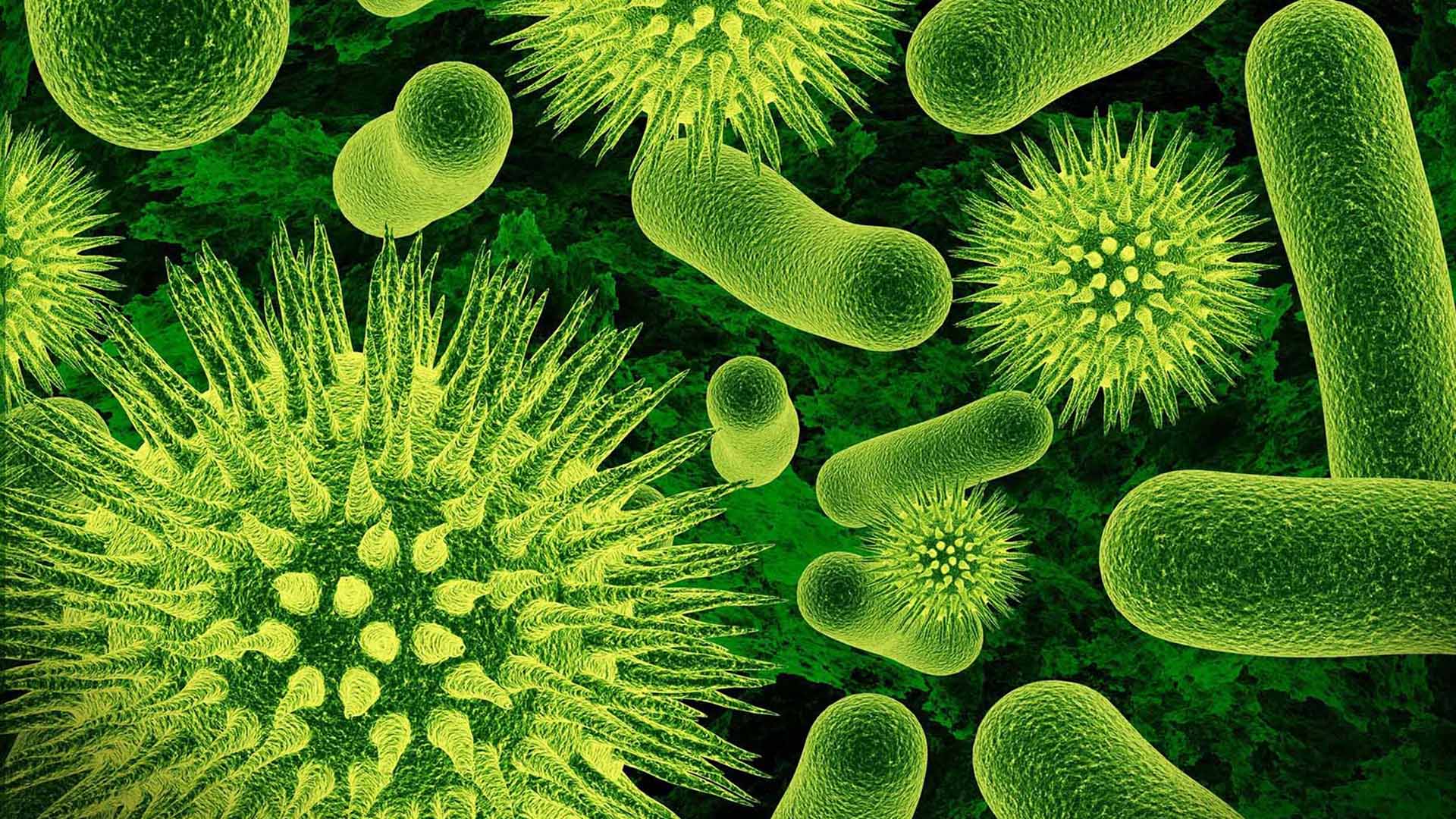Test your science knowledge
What’s not dead or alive and probably lives inside you? It’s not a riddle, it’s a virus. It was in 1952 that Cold Spring Harbor Laboratory scientists Alfred Hershey and Martha Chase published a study on how bacteria-infecting viruses (bacteriophages) transmitted genetic instructions for making more virus particles. That was the first of many steps scientists made in understanding the biological anomalies of viruses. Over the years we have come to understand and even engineer viruses to help us study conditions like cancer. Measure your viral knowledge with our short science quiz!
The Hershey and Chase experiment published Sept. 20, 1952 used bacteriophages (a type of virus) to determine that DNA, not protein, was used to pass on genetic material. What radioactive element did the scientists use to tag the DNA within the bacteriophage?
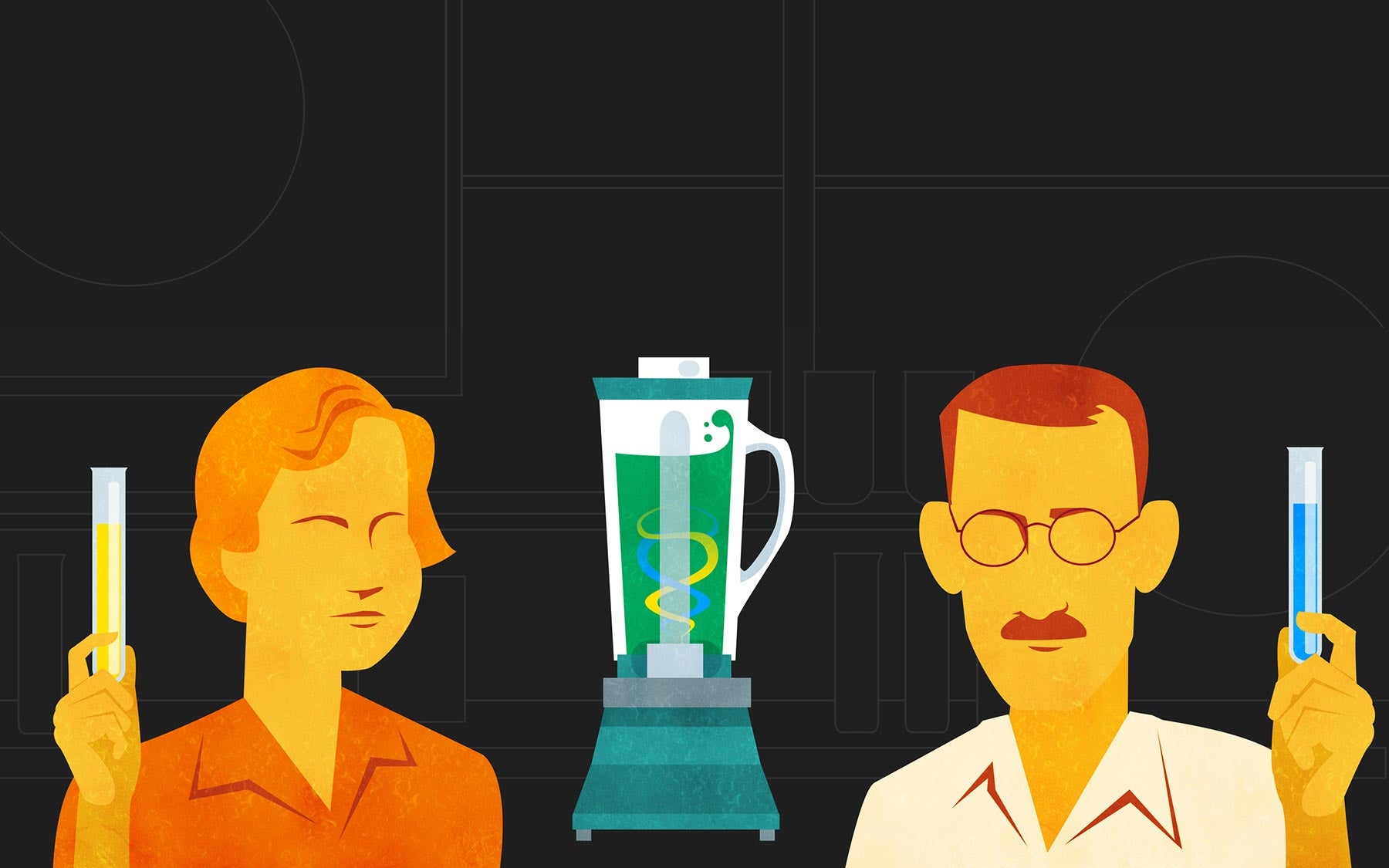 CSHL
CSHL
Scientists were unsure if bacteriophages transmitted DNA or parts of its protein coat into the host bacteria to turn it into a viral reproduction factory. They knew that DNA contains phosphorus atoms but no sulfur, and that proteins contain sulfur atoms but no phosphorus. Hershey and Chase used radioactive phosphorus or sulfur to selectively label phage DNA and protein. Although their experiment found that DNA was the genetic transmission material for bacteriophages, some viruses (retroviruses) also use RNA instead.
This new technology was adapted from a naturally occurring genome editing system in bacteria that helped it remember and defend against invading viruses?
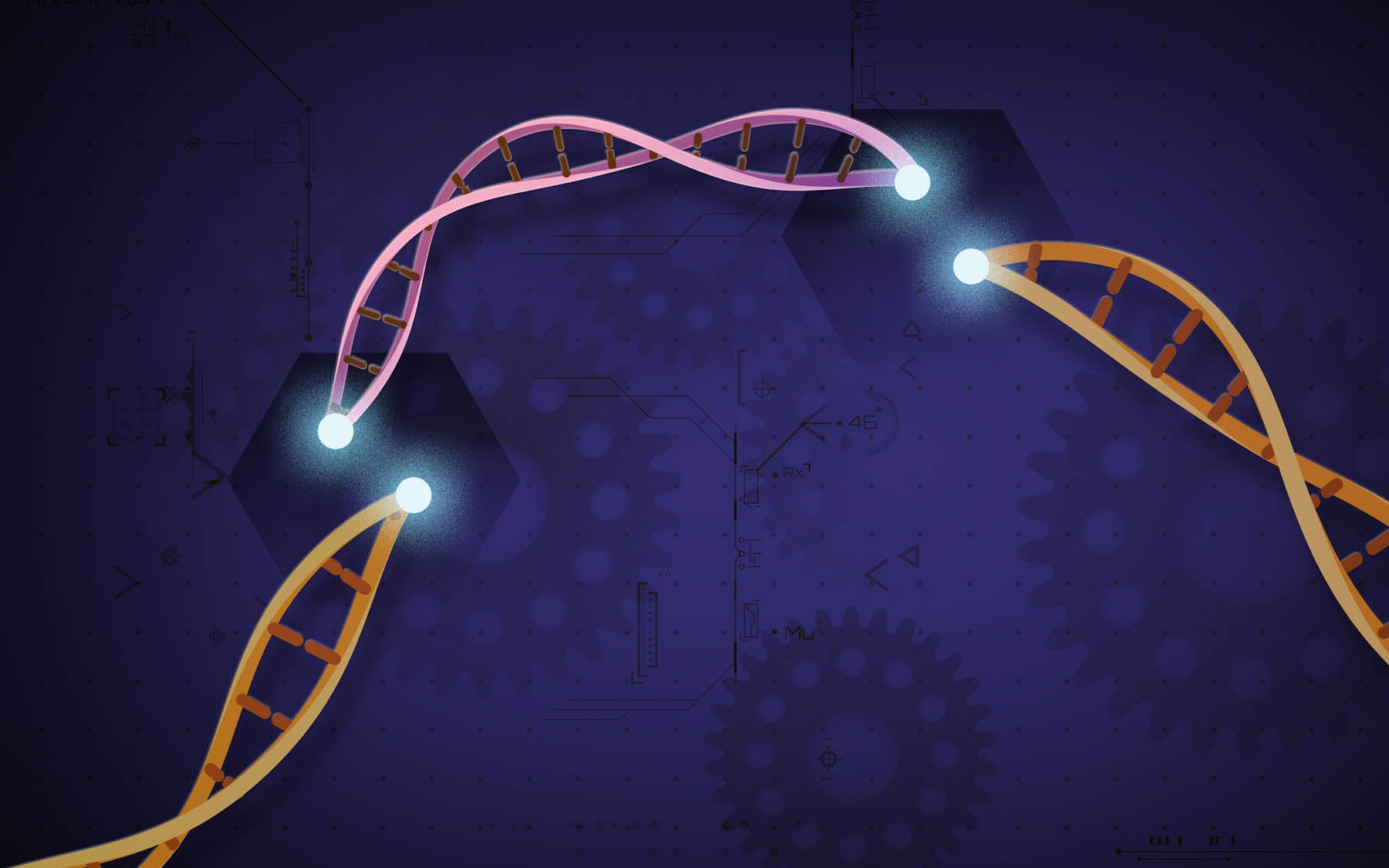 NIH
NIH
CRISPR has been in the headlines since the moment the technology was announced. It’s the new gene-editing tool that can have effects across a range of different fields from agriculture to medicine. The CRISPR-Cas9 complex was originally part of the bacteria immune system. When bacteria were attacked by viruses, they used the Cas9 enzyme to clip part of the viral genome off and store it in the CRISPR space (kind of like putting a mug shot into a collections database), so it can chop up future attackers’ DNA if their RNA sequences matches up with the mug shot.
In the human genome, most genomic dark matter, known as transposons, are the remains of ancient viruses that have previously invaded the cell. How much of the human genome is made up of transposon sequences?
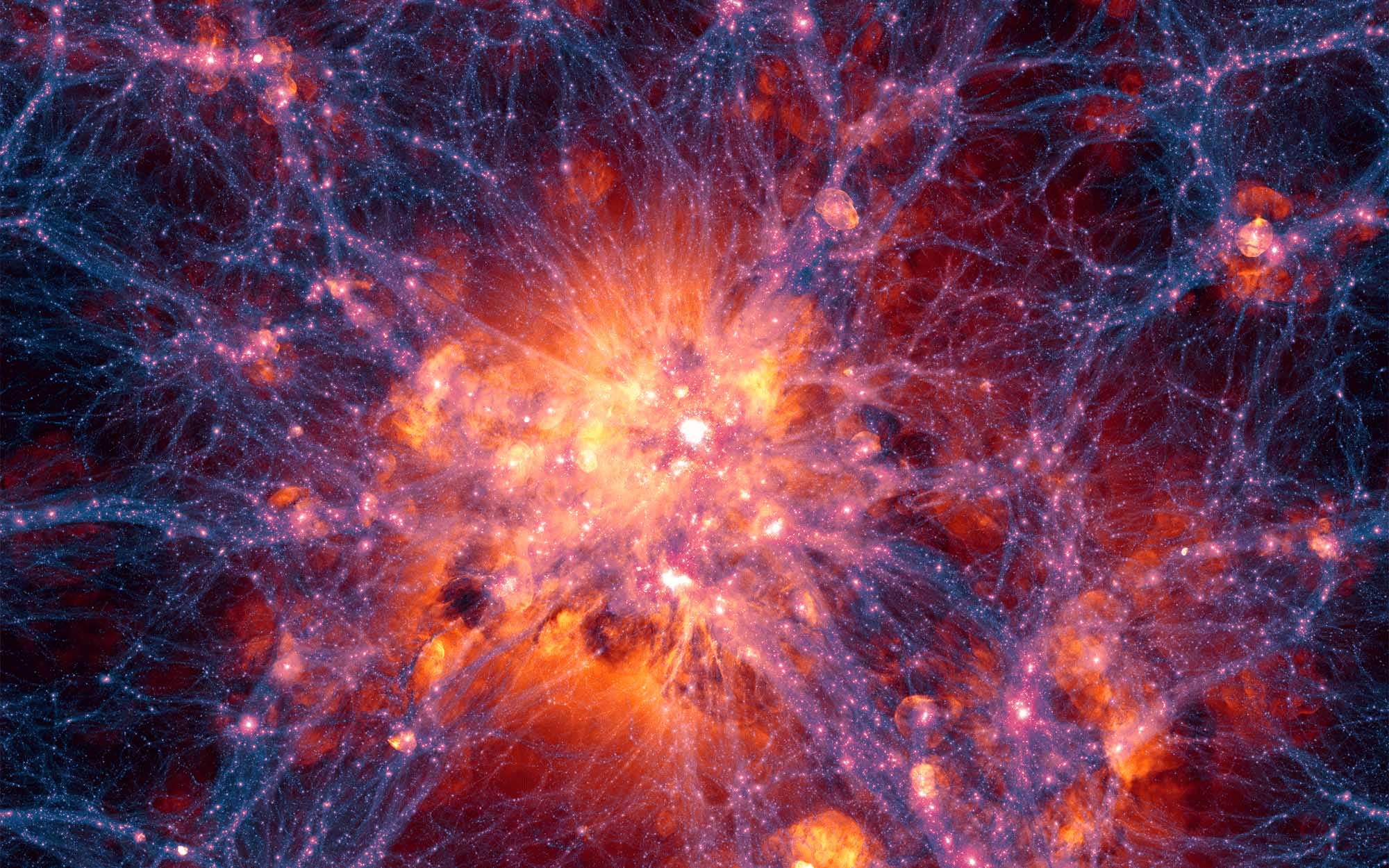 Illustris
Illustris
CSHL Assistant Professor Molly Hammell revealed in a Base Pairs episode that the genome is mostly not made of genes. This is similar to astrophysicists’ discovery that the universe is mostly not made of ordinary matter. While they are not genes, transposons (a type of genomic dark matter) may play a role in a number of human diseases, including ALS.
A Y-shaped protein produced by the immune system can be used to neutralize pathogenic bacteria and viruses. It is also important in the process of vaccine development. What is this protein called?
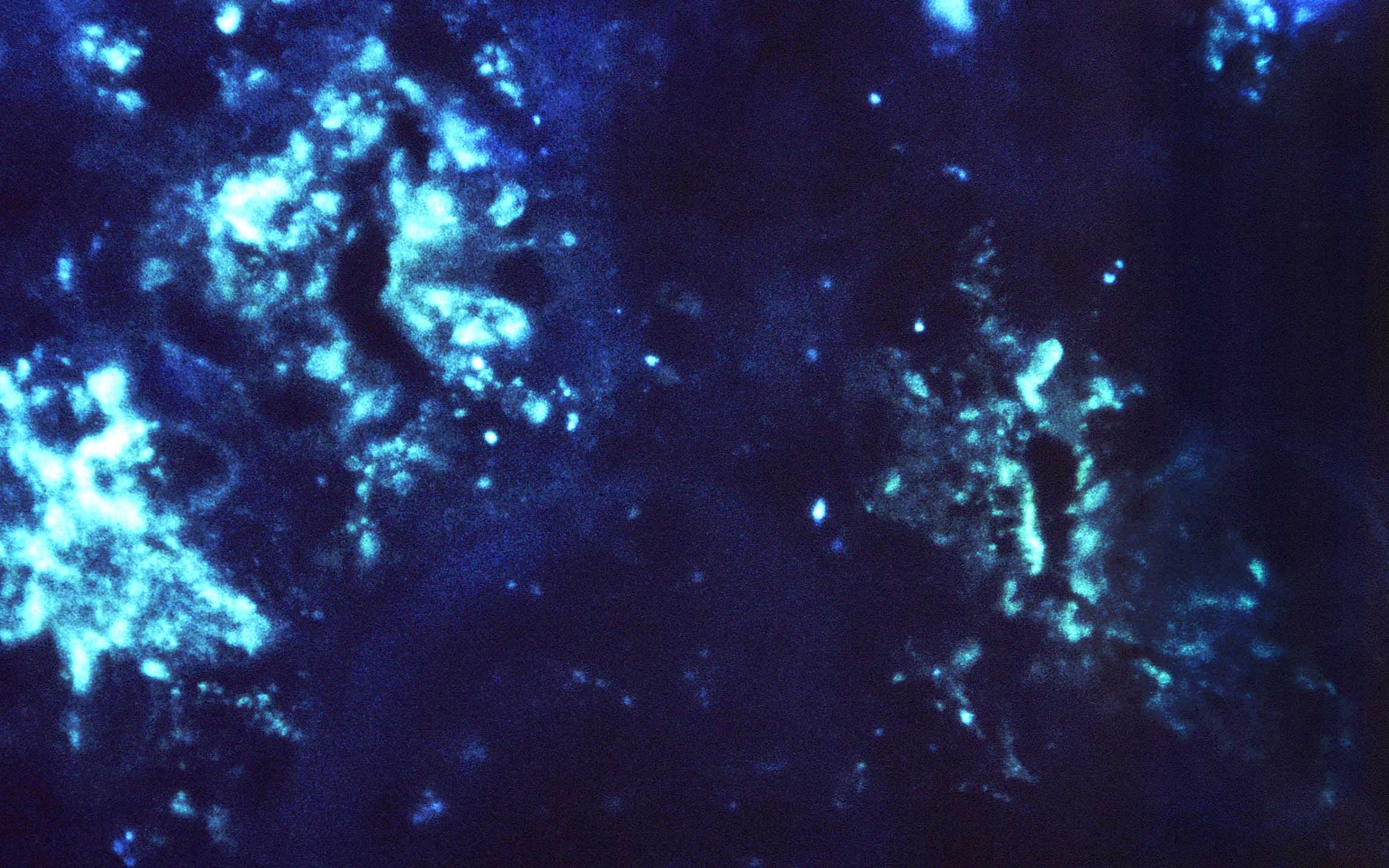 Public Domain
Public Domain
Antibodies (immunoglobulins) are protective proteins produced by the immune system in response to foreign substances (antigens) that enter the body. Vaccines help humans develop immunity by imitating an infection, and by stimulating the immune system to produce antibodies against the germ and remember it. Therefore, when the immune system encounters the same germ again it will kick the body into action more quickly.
Which of these health conditions is not caused by a virus?
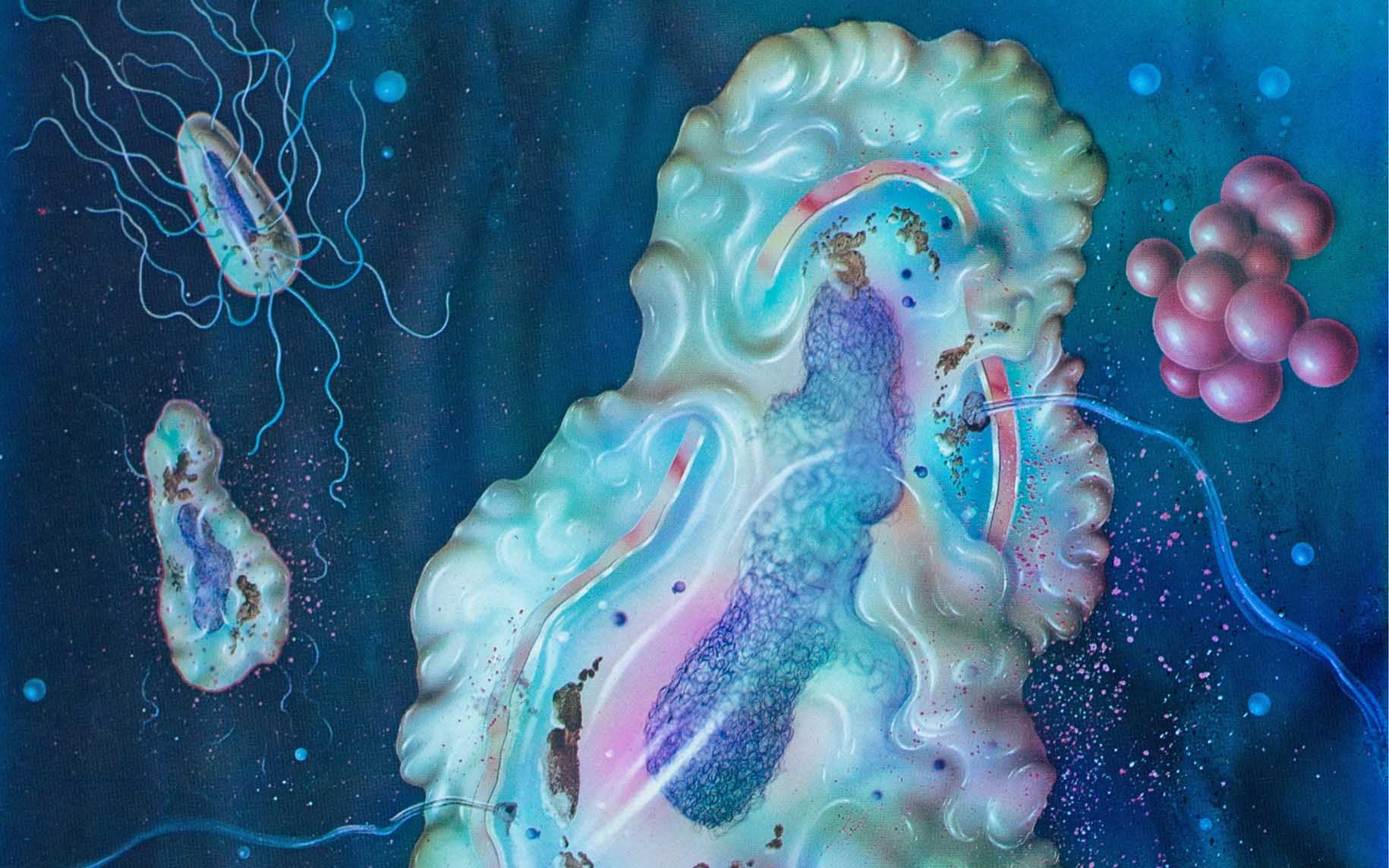 Carlwroehrig
Carlwroehrig
Strep throat is a bacterial infection caused by the A Streptococcus bacteria. Hepatitis, the common cold, and chickenpox are all viral infections. This is why antibiotics like penicillin or amoxicillin are used to treat strep throat, but don’t work against a cold or other non-bacterial infections.
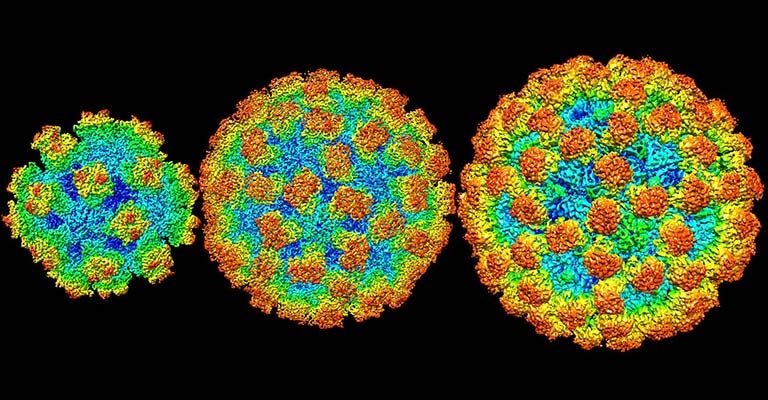
Share your Results:
